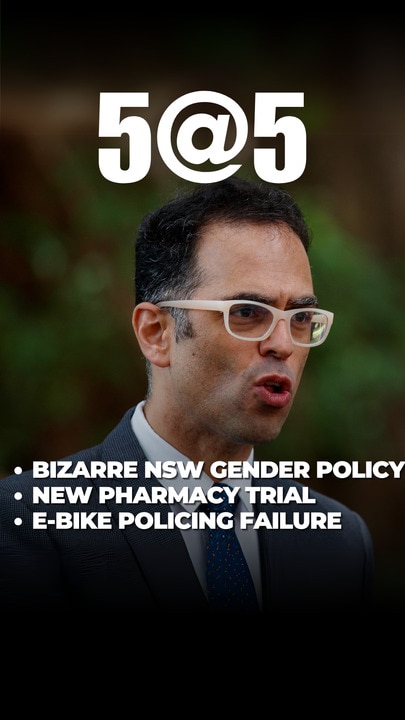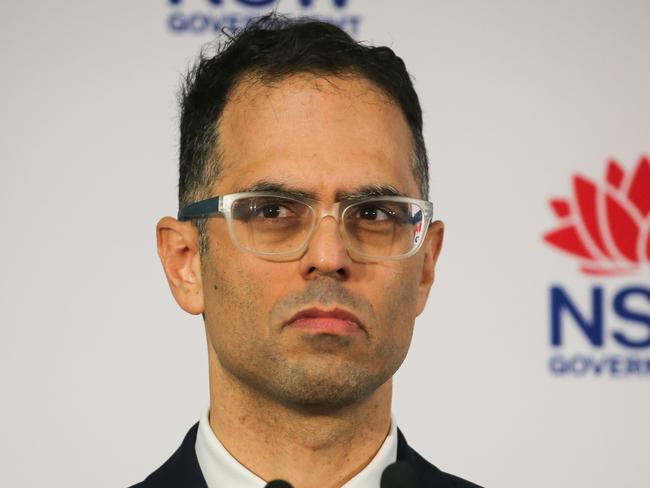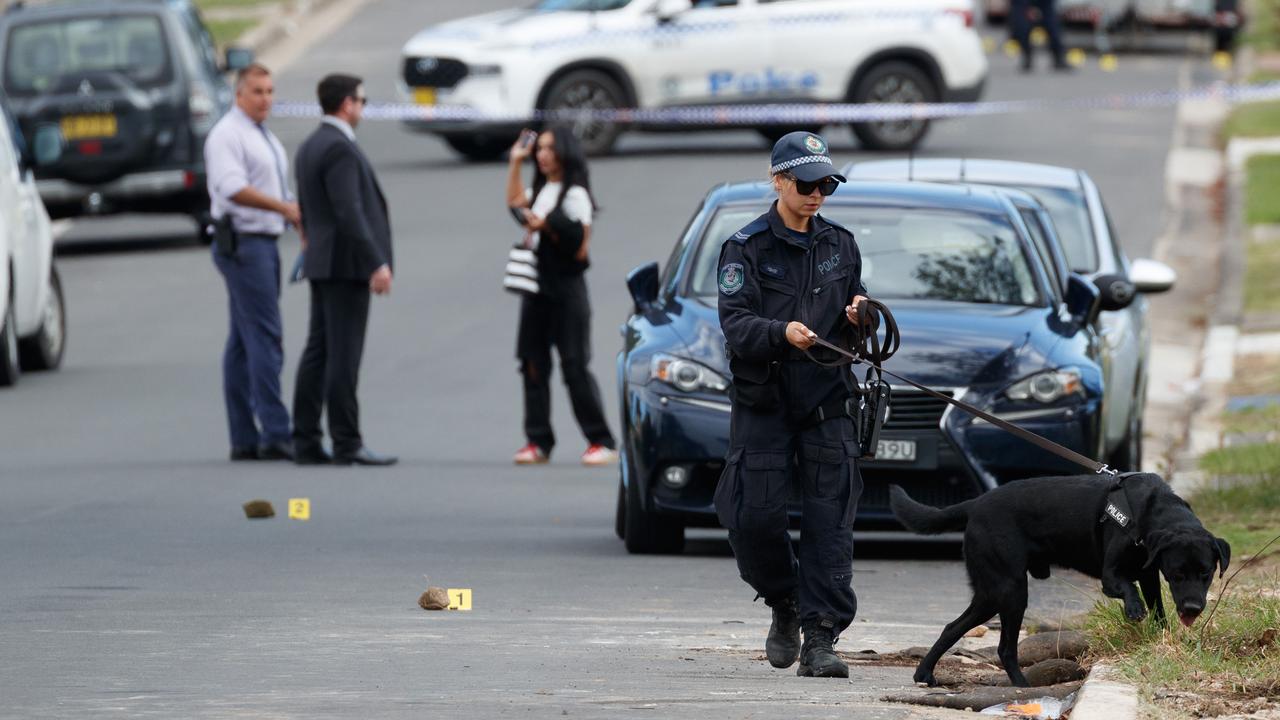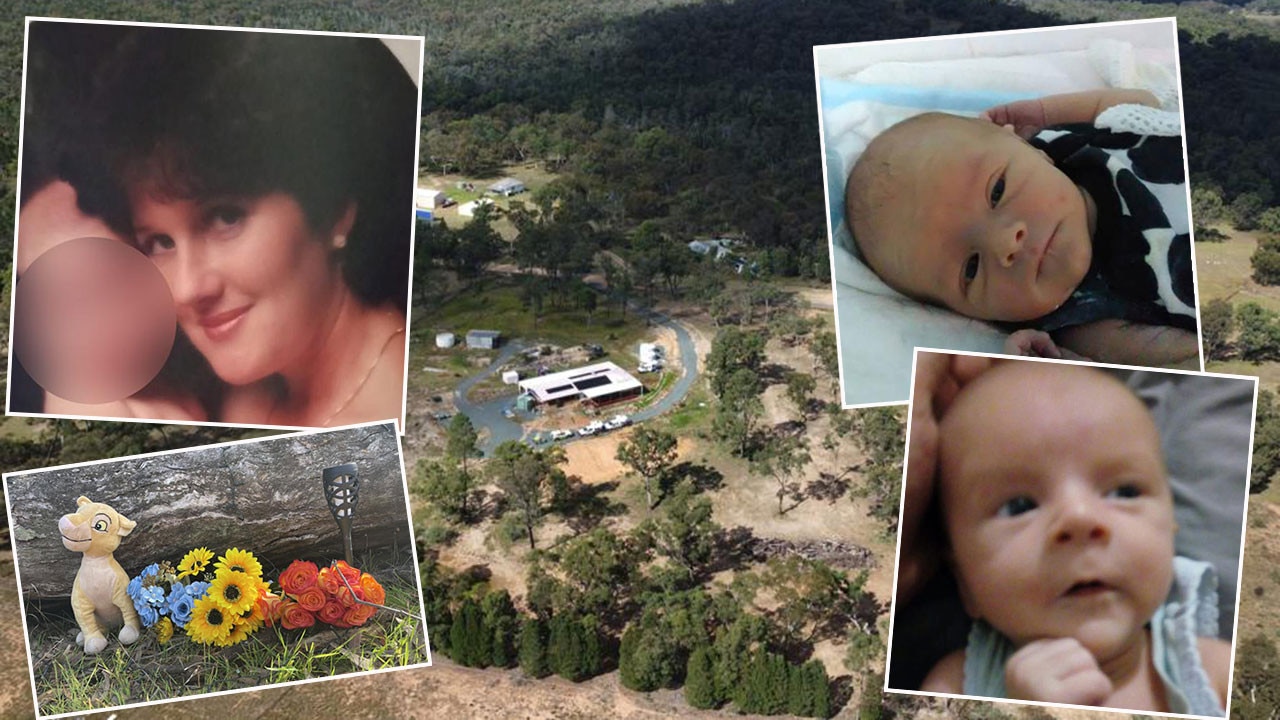NSW public projects undergoing ‘gender impact assessments’ before fund
Cycle-paths, bus routes and drought preparedness initiatives are just some of the proposals that are being subjected to “gender impact assessments” quietly imposed on the public service last October.

NSW
Don't miss out on the headlines from NSW. Followed categories will be added to My News.
Any public sector project over $10 million now needs to undergo a “gender impact assessment” before it is approved for funding under a new “mandatory” edict imposed by NSW Treasury.
The Daily Telegraph can reveal that NSW Treasury has imposed “gender impact assessments” on new budget proposals, a move that the Coalition has slammed as a waste of time and money.
Cycle-paths, bus routes, and drought preparedness initiatives are just some of the proposals that are being subjected to “gender impact assessments” quietly imposed on the public service in October last year.
The policy has already cost taxpayers $223,500, after NSW Treasury engaged a gender equality institute to develop new “e-Learning” modules to teach public servants how to complete the gender assessments.

According to government documents, the new gender impact mandates are designed to “challenge the perpetuation of gender norms within policy decisions,” and “highlight how women, men or gender diverse people may have different needs from policies, programs and projects due to their gender”.
The policy, outlined in a 38 minute online training module, requires public servants to research or consult on how a new policy or project would impact “women, men or gender-diverse people”.
All new projects worth more than $10 million now require gender impact assessments to be completed, except for some programs which have exemptions.
The assessments require public servants to “analyse how (an) issue might affect women, men or gender diverse people differently,” identify potential risks for people of different genders, and show how a proposal, policy or project furthers gender equality.
“While public policy may be gender-neutral in design, its real-life application can have different consequences for people due to their gender,” the policy states.
In one example prepared by NSW Treasury for a hypothetical cycleway notes that women would be “less likely to benefit from the jobs created” by the construction work.
It also noted that, because women are less likely to feel safe after dark, the cycleway should have adequate lighting and CCTV camera coverage.
One “risk” identified in the assessment was that constructing a new cycleway would not “prevent sexual harassment and discrimination or challenge the harmful gender norms that lead to violence against women in public places”.
In another example provided, for construction of a new fire station, bureaucrats noted that people of different genders need different facilities and a lack of women’s toilets had been a barrier to attracting female firefighters.
An example of changes to local bus services also said that “gender inclusive” bus stops and buses would not, in itself, stop sexual harassment or violence against women.
Some projects are exempt from the gender assessments, including: upgrades of existing equipment or infrastructure, land acquisitions, and natural disaster response funding.
The mandatory gender impact assessments come despite Treasurer Daniel Mookhey working to reduce bureaucratic red tape for government projects by overhauling business case requirements.
Those changes were designed to speed up the delivery of infrastructure projects.
Liberal Treasury spokesman Damien Tudehope said the new gender impact assessments were adding “entirely unnecessary” hurdles for projects to get off the ground.
“It is not entirely without merit, but it should be low priority,” he said.
“At a time when they’re abolishing business cases for proposals which are considered by Treasury and replacing them by a social policy of gender impact assessment statements, it appears to me that Treasury have got it all wrong,” he said.
Mr Tudehope said the assessments could “make the housing crisis worse” by “delaying infrastructure projects with more red tape”.
Treasurer Daniel Mookhey first approved a draft gender impact assessment policy in December 2023, but the idea dates back to former Treasurer Matt Kean’s 2022-23 budget.
“The 2022-23 Women’s Opportunity Statement was announced by Treasury under the previous Liberal Government, and included a commitment for the NSW Government to require gender impact assessments for new policy proposals,” a NSW Treasury spokesman said.
“Reducing gender inequality can help boost productivity and support economic growth.”
Originally published as NSW public projects undergoing ‘gender impact assessments’ before fund



